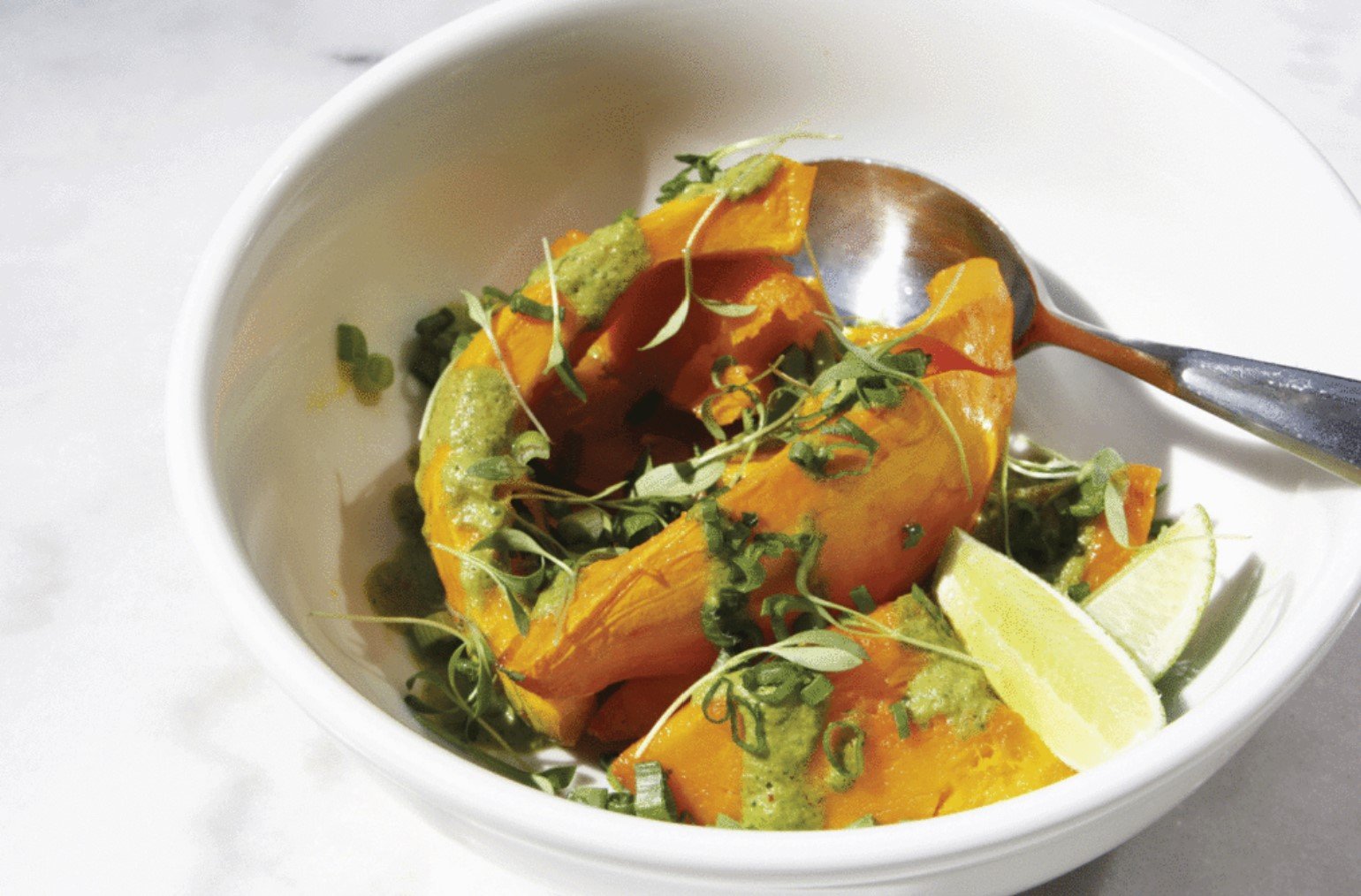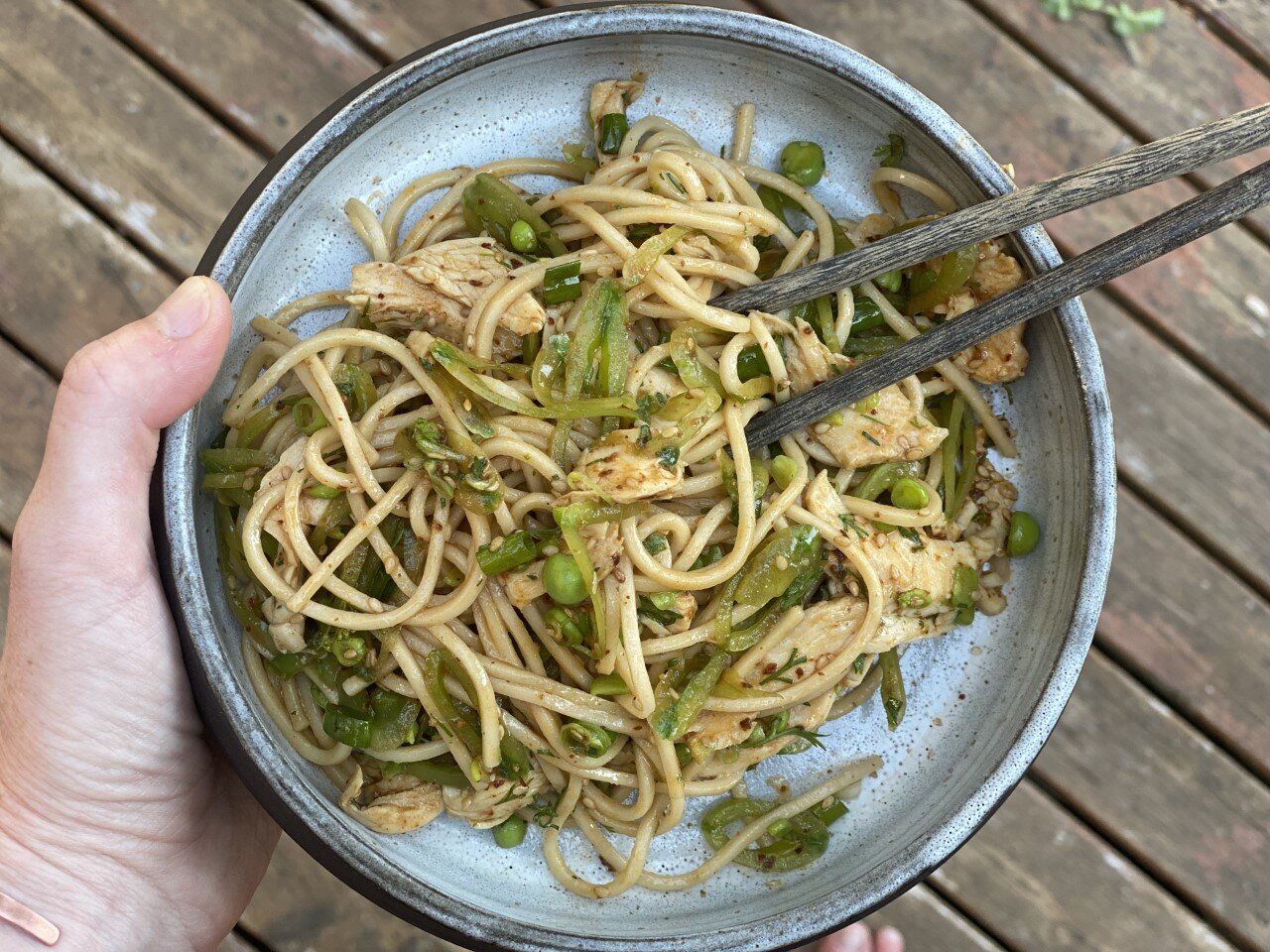2021 Week 1 Newsletter
From Two Red Bowls
These are a huge hit in my household (especially with my 5yr old who normally won't eat anything green)! I use one package of wonton wrappers and fry up any leftover filling in little patties to eat as a snack. Try the wontons in the broth recommended in the recipe or serve them with dipping sauce as a side dish to noodles with stir-fried Pac Choi!
~Rae
for the wontons:
½ pound collard greens, roughly chopped
1 pound ground pork
¼ cup thinly sliced scallions (2 to 3 scallions)
1 tablespoon finely grated ginger root
3 tablespoons Shaoxing rice wine, dry sherry, or sake
2 tablespoons sesame oil 2 tablespoons soy sauce
1 tablespoon sugar (optional)
½ teaspoon salt
¼ teaspoon white pepper 70 to 80 wonton wrappers
(15 to 16 ounces, or about 1⅓ packages; keep unused wrappers covered in plastic wrap, sealed
in a Ziploc bag, and frozen for later use)
for the broth:
4 cups water
4 cups chicken broth
1 to 2 teaspoons soy sauce, for serving
½ teaspoon sesame oil, for serving
¼ cup thinly sliced scallions (2 to 3 scallions), for serving
Bring a large pot of water to a boil over high heat. Add the greens and reduce the heat to medium. Simmer until the greens are bright green and beginning to turn tender, but still have some bite, 10 to 15 minutes. Drain and add to a food processor. Pulse until finely shredded.
In a large bowl, combine the greens, pork, scallions, ginger, rice wine, sesame oil, soy sauce, sugar (if using), salt, and white pepper. Using chopsticks or a wooden spoon, stir vigorously until all ingredients are well combined and the filling forms a thick paste.
Prepare a small bowl of water for sealing the wrappers. For each wrapper, place 1 teaspoon of filling in the center. Dab a bit of water on one edge and fold the wrapper in half, taking care to seal the wrapper well around the filling. Dab water on one corner of the folded seam and bring the two folded corners together to form a small bundle. Place on a tray and repeat. You should end up with 70 to 80 wontons. To save them for later, freeze on the tray, then place in a Ziploc bag. They’ll keep in the freezer for up to 6 months.
When you’re ready to cook the wontons, in a large pot, bring the water and chicken broth to a boil. Add about 20 wontons, stirring gently to ensure they don’t stick to the bottom of the pot. Cook until the water comes back to a boil and the wontons float to the surface, about 2 minutes. Using a slotted spoon, transfer the wontons to plate. Repeat with the remaining wontons until they’re all cooked, or freeze a portion of the uncooked wontons for later. To cook from frozen, use the same method, but boil for 4 to 6 minutes, until the wontons float.
To serve, divide the wontons among several small bowls and ladle a bit of the cooking broth over each bowl. Drizzle lightly with soy sauce and a few drops of sesame oil, and top with scallions. Enjoy immediately.














